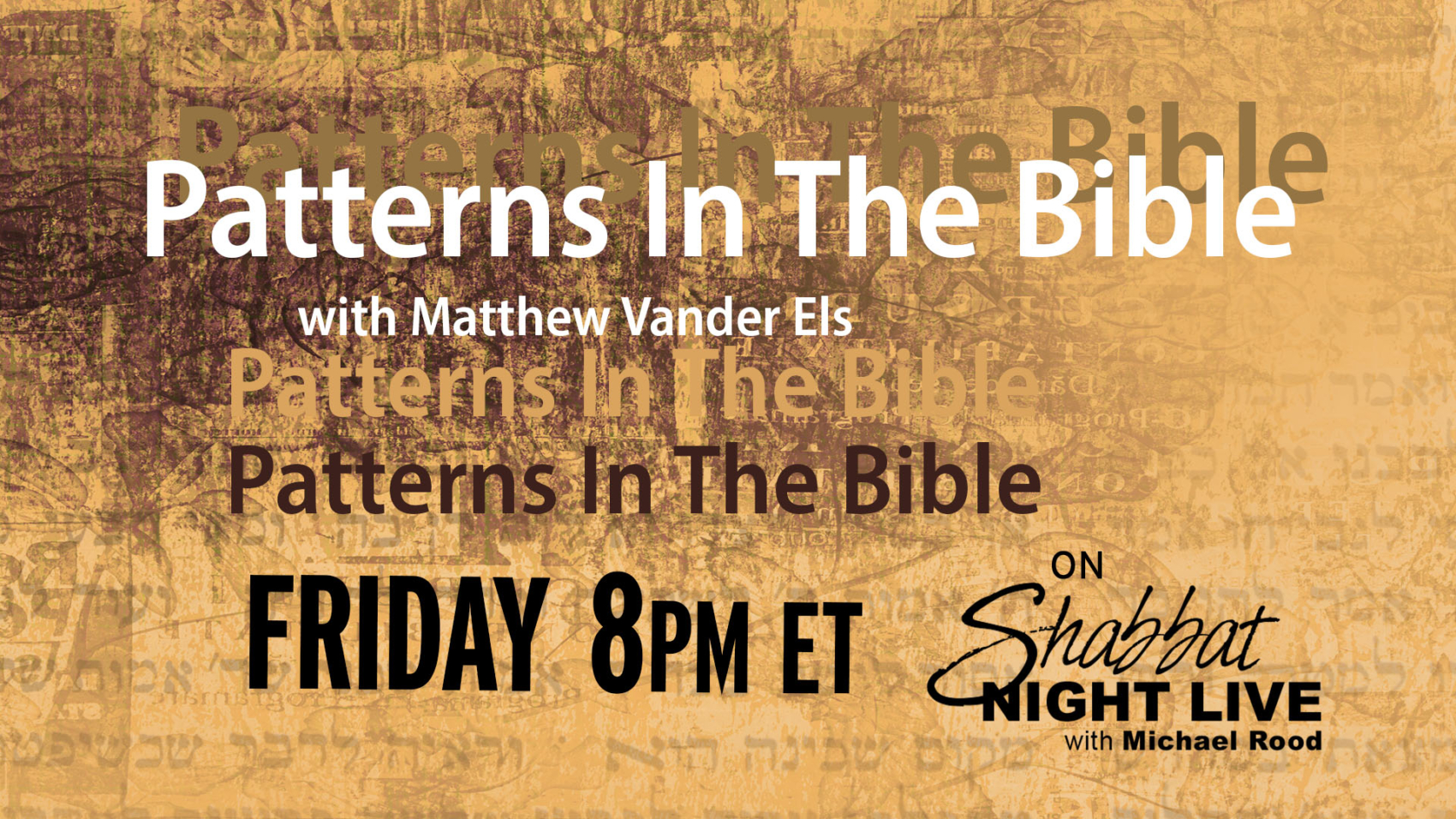EPISODE 1 of 4: The Story of The Bible
This week (August 4) on Shabbat Night Live, we’ve all heard sermons that focus on one verse — but it’s completely unnecessary. The Bible is a story in itself that doesn’t need conjecture and rationale!
Pastor Matthew Vander Els invites us to take another look at the Bible as a single story with repeating themes built on a promise that never fails.
Watch the episode — included in this blog post.
While you watch, consider the questions below. The timeline for each discussion topic in the video is noted on each question. Post your answers in the comments section and let’s get some discussion going!
- (VIDEO TIMELINE – 16:12) How can I cultivate wisdom from reading the Bible?
- (VIDEO TIMELINE – 18:22) What is the context of Jeremiah 29:11 and how does it relate to the character of Yehovah and the story of the exiles of Israel?
- (VIDEO TIMELINE – 20:54) What is the grand narrative that the whole Bible is collectively leading us to?
- (VIDEO TIMELINE – 21:30) What are some of the risks of looking at the Bible microscopically as a collection of verses or chapters instead of macroscopically as a story?
- (VIDEO TIMELINE – 22:13) How does the context of Ezekiel’s bread affect our understanding of its meaning and significance?
- (VIDEO TIMELINE – 26:42) What term does Matthew bring up and Michael uses that defines the biblical authors’ use to connect their stories and experiences of Yehovah?
- (VIDEO TIMELINE – 29:14) How does the biblical theme of eastward movement relate to the
- (VIDEO TIMELINE – 30:15) How does the book of Judges show the downward spiral of Israel as they lose touch with Yehovah?
- (VIDEO TIMELINE – 31:53) How does the story of Noah and the flood represent a new creation and a fresh start for humanity?
- (VIDEO TIMELINE – 39:10) What are some of the implications of God’s decision to not flood the earth anymore and to leave it as it is?

